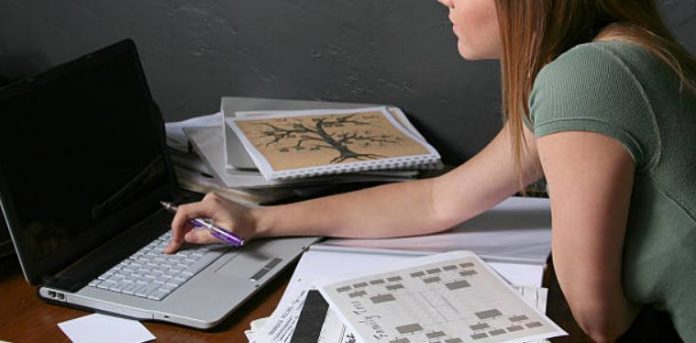Over the last several decades, more and more people have become interested in learning and preserving their family history.
This phenomenon has led to the formation of a number of local and state genealogical societies, many of which have access to or operate a family history library.
If you are considering a visit to one of these libraries, there are few basic facts you should know.
First, you will be visiting a library, although one that houses information in ways that are somewhat different from your local public library.
As with all libraries, you will be expected to maintain a quiet demeanor, so that others who are conducting research can do so without distraction.
It is a good idea to call ahead and get a feel for what type of documentation the family history library in your area has on file.
Just about all of these libraries will now have electronic copies of older documents that are relative to the area, such as census records, property records, court records, and other matters of probate that have been cleared for public access.
The exact mode of electronic media may vary somewhat, depending on the resources at hand. The documents may be scanned into a file, or they may have been photographed and placed onto microfiche.
While scanning is more common now, with access being available by computer, there are still a number of libraries that utilize the microfiche rolls that were popular in the 1970’s and 1980’s.
Once you know the type of documents you will be working with, you can prepare the appropriate supplies to take.
Among those will definitely be pad and pencil, which will be great for jotting down quick notes. Also take along copy paper; while many family history libraries will have paper available, supplying your own will be appreciated.
You may also consider taking along floppy disks or CDR’s, on the off chance that you will be allowed to download copies of electronic documents from the central database.
When you arrive at the library, go straight to the help desk and introduce yourself. Let the library attendant know what you want to research today and ask for suggestions on where to begin your search.
The attendant will be happy to point you in the right direction. Should you need assistance with working the computer or the microfiche viewers, there will be persons around to help you get into the swing of how to operate the equipment. If at any time you are not sure how to proceed, do not be shy about asking questions.
As you become more familiar with the local family history library, you will become more proficient in working with the various types of documents that can be accessed. In the interim, the staff will be happy to help you learn.
A family history library can be a treasure trove for someone who has decided to explore the history and origins of the family line.
You will find many enthusiastic people there, both on staff and among the other patrons that are more than willing to help you understand how to conduct searches, suggest different types of documents to search, and share tips on how to copy pertinent files for later reference.
For more information, contact your local family history library and make arrangements to visit them in person.

